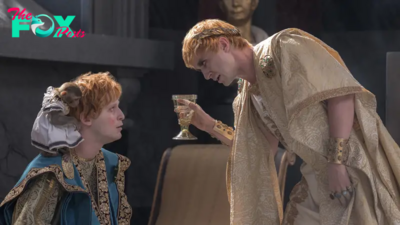Entertainment
The 2025 Met Gala Theme Honors Black Dandyism. We’re Already Missing the Point
When the Metropolitan Museum of Art andVogue announced the next theme for the 2025 Met Gala—“Superfine: Tailoring Black Style”, based on scholar Monica L. Miller’s pivotal text, Slaves to Fashion: Black Dandyism and the Styling of Black Diasporic Identity—the reaction was one of delight—and also of trepidation.
At the forefront of everyone’s mind was André Leon Talley. The late fashion editor, known for his revolutionary career in fashion, embodied the aesthetic and spirit of the Black Dandy. In the comments section of Vogue’s Instagram post about the announcement, many social media users called the theme a tribute to him. Others brought up Dapper Dan, the legendary Harlem fashion designer, who brought hip-hop to luxury fashion, through his custom-made looks, as another example of Black Dandyism.
Not all users expressed joy, though. Calls for The Kardashians to be banned from the Met Gala, as well as frustration over the lack of a female co-chair, were found among the comments of fashion watchdog Instagram Diet Prada’s post about the announcement. In an article for The New York Post, one user said, “It saddens me that there will be very few African American fashion houses able to display their art.”
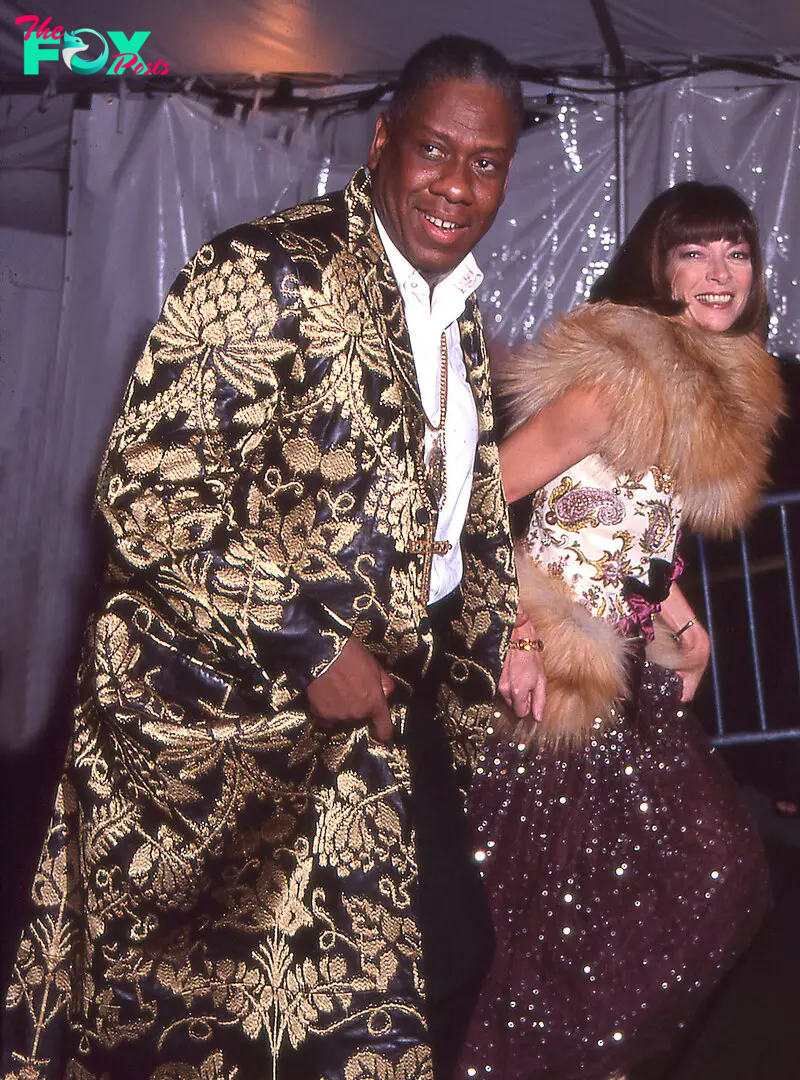
In recent years, efforts have been made to display Black fashion in cultural institutions throughout the United States. From 2023’s “Africa Fashion” exhibition at the Brooklyn Museum to “Africa’s Fashion Diaspora” at the Fashion Institute of Technology, museums are in the process of diversifying their collections on display. According to Andrew Bolton, the curator in charge of the Metropolitan Museum of Art's Costume Institute, diversity efforts began in the summer of 2020, in response to the murder of George Floyd. “Superfine: Tailoring Black Style,” is Bolton’s and the Met’s first attempt at putting those changes into place.
Read More: Remembering André Leon Talley: Remarkably Accessible in an Elitist Fashion Industry
Miller describes Black Dandyism as “a strategy and a tool to rethink identity, to reimagine the self in a different context. To really push a boundary—especially during the time of enslavement, to really push a boundary on who and what counts as human, even.”
Agency, autonomy, and choice are quintessential to the Black Dandy. Despite its origins being rooted in enslavement, this imposed dress code on Black men also was born out of a revolt against the dissolution of choice. Their dress was often something that was decided by their enslaver, with no consideration of how they would like to show up in the world. But, as Miller notes, through their “clothing, gesture, and wit,” the Black Dandy was able to traverse and name oneself. An act of creation through garments and clothes.
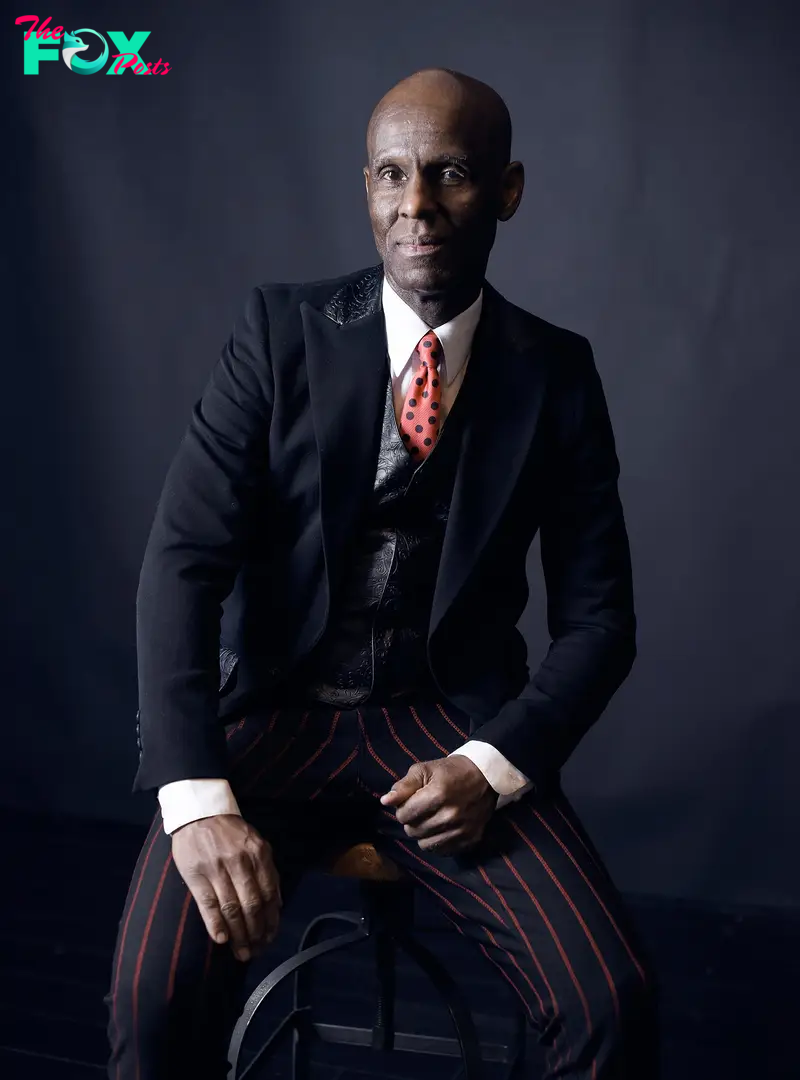
“When it comes to Black Dandyism, it has the element of going against the norm of what society thinks Black people should be wearing,” says Lakyn Carlton, personal stylist.“I think Cam Newton is the highest level of Dandy. Masculine men, athletes, men whose persona is to be this idea of male excellence should push against that rigidness.” She lists Young Thug, who made headlines for his decision to wear an Alessandro Trincone dress on the cover of his mixtape, JEFFREY, in 2016, as another prime example of Black Dandyism.
Kim Russell, a Perth-based stylist, fashion historian, and critic, mentions Dennis Rodman as another example of Black Dandyism. On Instagram, she recently wrote, “Dennis Rodman is one of my biggest inspirations for this time because while he is a modern representation, there’s still boundaries and glaring issues around racism, sexuality, and expression in regard to Black men. He’s constantly pushed the boundaries of how we perceive a Black man in sports to be.”
Perception is key to not only understand the 2025 Met Gala theme, but also what the institution is trying to achieve with it. This is the first menswear-focused exhibition since 2003’s “Men In Skirts.” And, until this point in the Met’s History, there has never been an exhibition centered on race.
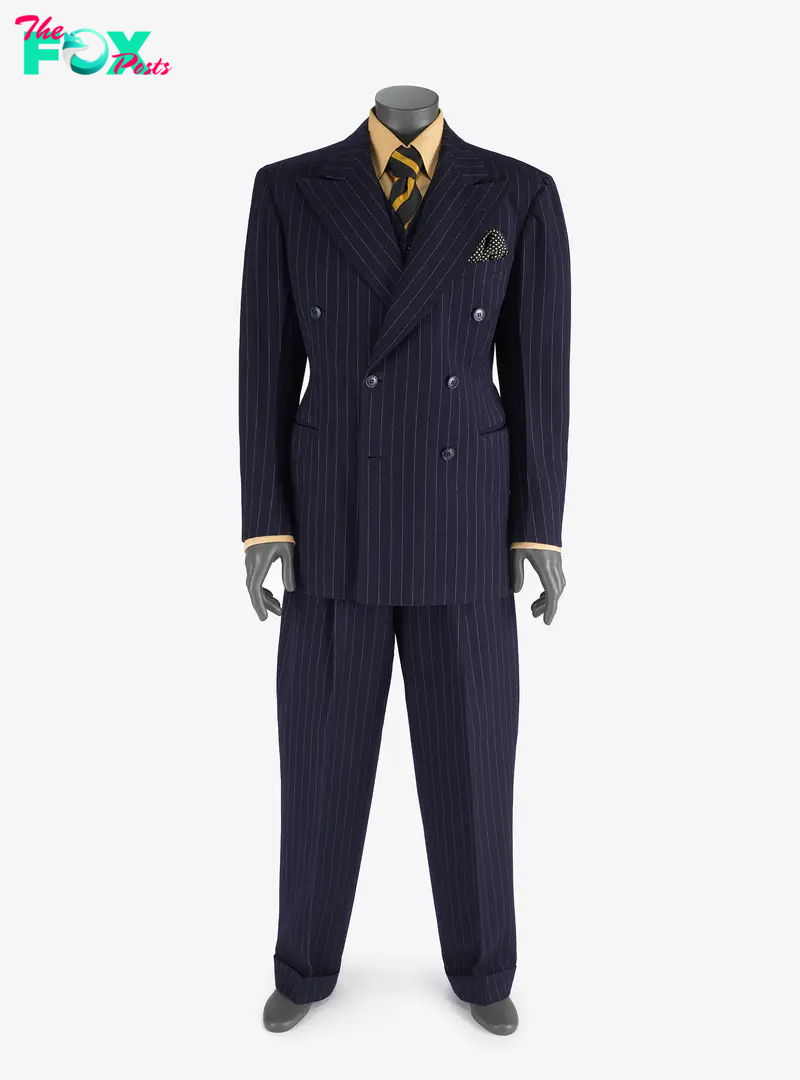
“This exhibit is exciting to me because I think it brings a necessary and relevant [conversation], " says Cora Harrington, author, fashion researcher, and current fashion student at the Fashion Institute of Technology, specializing in curation. “I think it's important, as well, when we're talking about the rich history and nuance of Black fashion and Black fashion in America. Just like [with] every other type of fashion, there have always been Black people, setting the trends, setting the fashion agenda, creating what eventually percolates out into the mainstream. We've always had a range of aesthetics.”
Formerly known as The Lingerie Expert, Harrington says the exhibition—in comparison to the well-documented Civil Rights and Black Power fashion and social movements of the 1960s and 1970s— is creating space for lesser known Black fashion moments, like Blacky Dandyism, to be seen.
But because of the exhibit’s specificity, people have expressed concerns of “cultural appropriation,” fearful of non-Black attendees' interpretations of the theme.
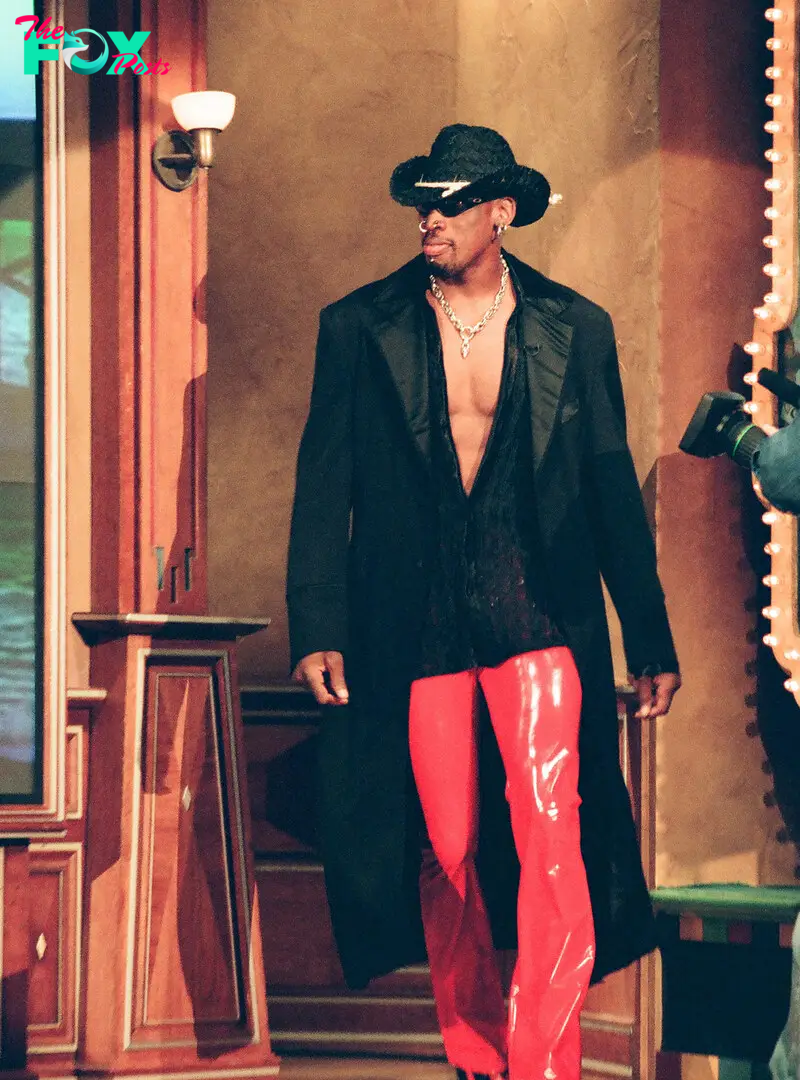
“I don't want to downplay that at all because it is the Met,’ says Harrington “I think when we're talking about how few Black curators there are, Black museum officials, Black people in positions of power in these intensely culturally influential museums like the Met and fashion museums like the Met Costume Institute, which is one of the most well-known and influential in the world, there is something incredibly powerful and exciting about the curator for this exhibit being a Black woman” She continues, “If nothing else, perhaps our first instinct should be to support her and the work she's doing and the work she's been doing.”
Lost in the cultural appropriation discourse is the centering of a Black woman’s scholarship, her life’s work being immortalized. Harrington also vocalized her excitement on the appointment of Black scholar Jonathan Michael Square as a committee member for this year’s exhibition. Fashioning the Self in Slavery and Freedom, his digital humanities project, “explores the intersections between slavery and fashion.”
Every way you look at it, the Black Dandy is not only a performance of identity, but also a challenge. In order to successfully execute the 2025 Met Gala theme, one must sit down and not only undergo an interrogation of self, but the institutions that define us.

Is the Met Gala forging a new identity, one that is progressive and forward facing with its ideals? Or will they drop the ball, like so many other institutions that promised change after the global uprisings of 2020? Is it possible for a Celebrity to interrogate the institution that gives them power? Is it possible for a great American institution to change?
We shall see. The Black Dandy is a multifaceted concept. A person who sits at the crossroads at many intersections, in an effort to name oneself in the presence of others. A name that will determine how others interact with them in the world. And sometimes, a good name starts with a good suit.
Harrington recommends for this year’s Met Gala attendees to focus on tailoring, suits, as well as structured and defined silhouettes. Carlton, on the other hand, suggests that female guests dress as a dandizette, the female dandy, whose signature look consists of pink shoes, white dresses, and gloves.
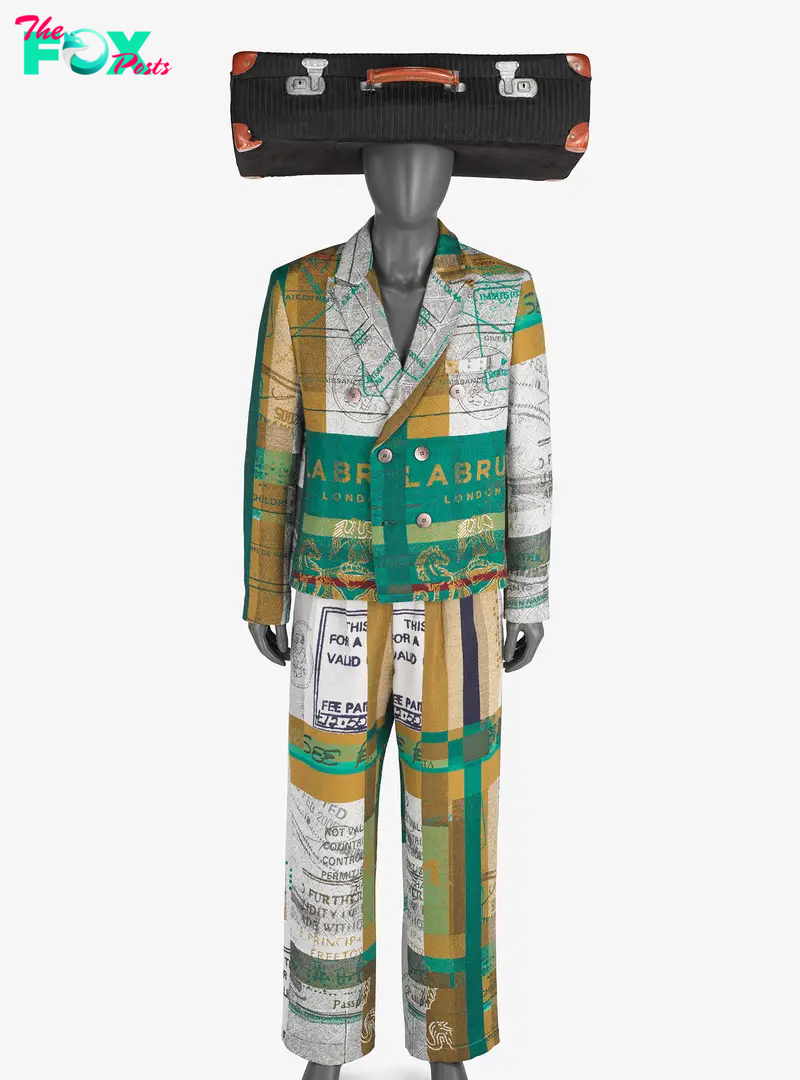
Regardless of which designer they chose (although, it would be appropriate to work with a Black designer and/or stylist for the Met Gala 2025), the theme of the Black Dandy is meant to be a call to action through dress to test every aspect of their identity.
Though it remains to be seen if Hollywood’s elite will be up for the challenge.
-

 Entertainment3h ago
Entertainment3h agoSki Area Officially Opens the Ski Season For New York
-

 Entertainment7h ago
Entertainment7h agoGladiator II Belongs to Denzel
-
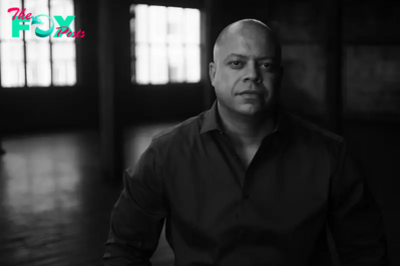
 Entertainment7h ago
Entertainment7h agoJJ Velazquez on Finding Freedom, From Sing Sing to Sing Sing
-
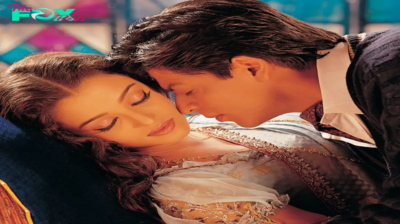
 Entertainment12h ago
Entertainment12h ago13 Most Romantic Movies Based on Novels
-
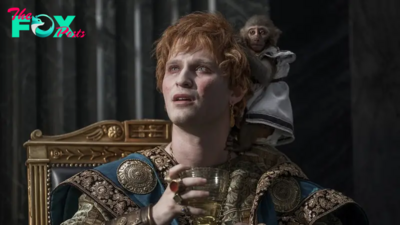
 Entertainment13h ago
Entertainment13h agoThe Monkey Is the Secret Hero of Gladiator II
-
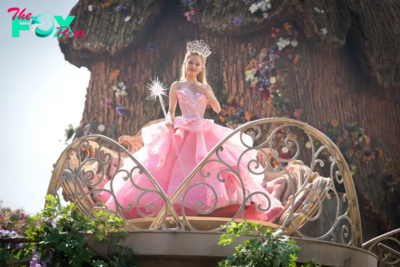
 Entertainment13h ago
Entertainment13h agoHow Wicked Connects to The Wizard of Oz
-

 Entertainment14h ago
Entertainment14h agoWhere Is Yellowstone’s Kelly Reilly From? Fans Shocked When She Reveals Real Accent
-
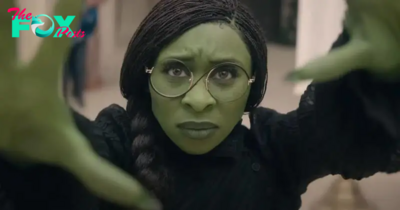
 Entertainment15h ago
Entertainment15h agoWhy Is the ‘Wicked’ Movie Split in 2 Parts? Director Jon M. Chu Explains Reasoning


